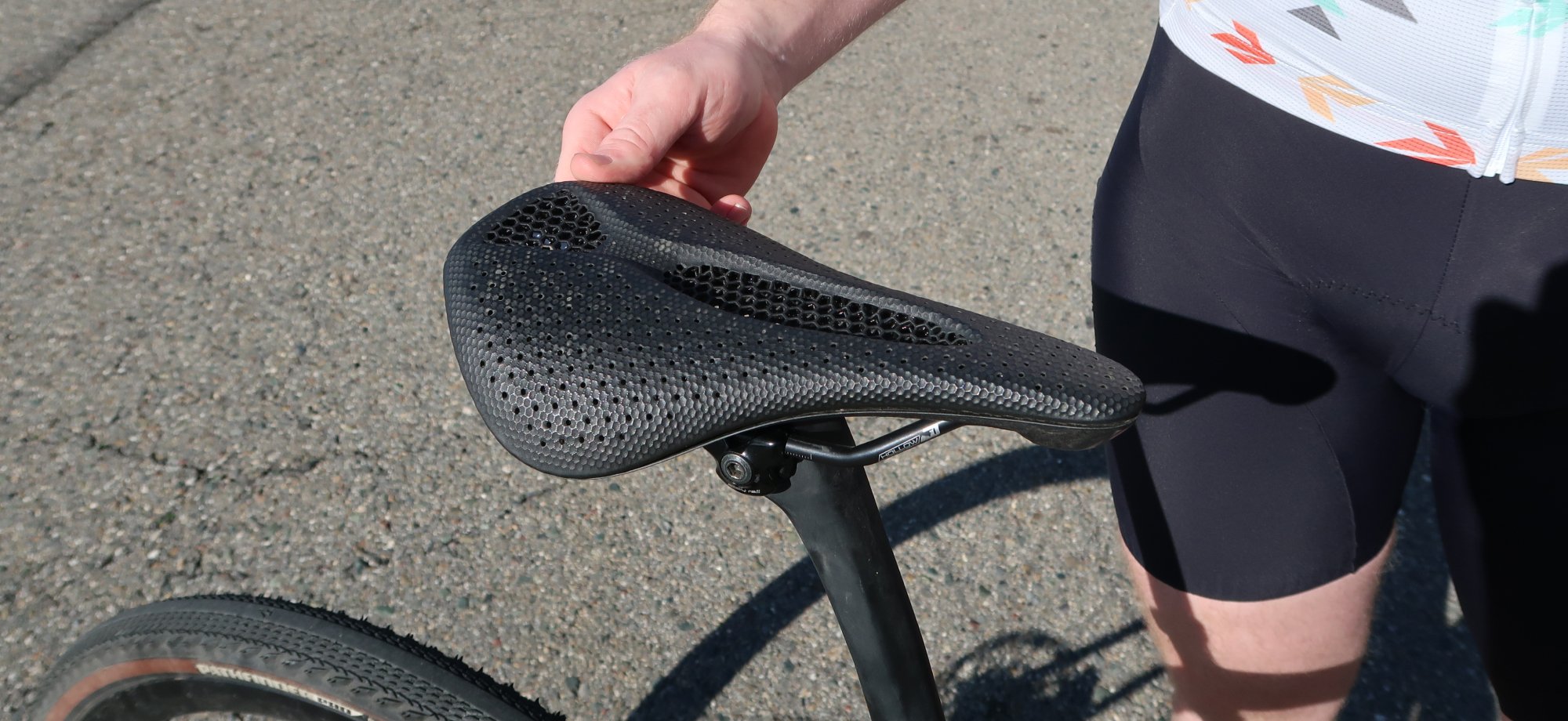Understanding Saddle Rails
Weight, Durability, and Price all depend on the Rails

When choosing a saddle, the price of the saddle depends largely on the material of the rails. This is because the saddle rails are a big factor in the total weight of the product. While many brands use their own variation of materials and naming, most fit into three categories: chromoly (steel), titanium, and carbon fiber.
Chromoly/Steel

The most common rail material, chromoly is an alloy steel with a higher strength-to-weight ratio than standard steel. Chromoly rails provide a budget-friendly option with ample durability for any cycling discipline. Chromoly is also more suitable for everyday riding than the lower-grade steel-railed saddles that can be found on some budget bicycles.
Not all chromoly rails are equal. Chromoly rails can be either hollow or solid. Hollow rails will help to save weight; however, they usually cost more. Solid rails, on the other hand, will likely be stronger.
Titanium

Hollow titanium rails provide a notable weight savings compared to chromoly. Titanium rails are also acclaimed for their compliance – with the ability to smooth out the vibrations from the terrain. Several other alloy rail materials on the market are similar to titanium – these include manganese and fizik’s Kium.
Carbon

The pinnacle of rail materials, carbon fiber provides the lightest option – sometimes saving as much as 60g over titanium and even more over chromoly. This level of weight savings comes at a premium cost, but if you really want your bike to be as light as possible, carbon is the way to go. Carbon is also one of the stiffest materials used for saddle rails.

Durability vs Weight Savings
While overall bike weight is important, some riders prefer to focus on durability. It’s also worth noting that, due to their exposed position, bike saddles are often damaged in crashes. Consider riding a saddle that you can afford to replace if it breaks. Chromoly rails can become bent beyond repair and carbon rails are more likely to snap or fracture in the event of an impact. Some manufacturers only guarantee that carbon rails will be safe for three years of use. Depending on your tolerance for risk and frequency of replacing bike parts, that might be acceptable, but for others, a more durable option is preferable.
Seatpost Clamp Selection

Chromoly and titanium rail are round and can be mounted to a standard seatpost clamp that’s designed for 7x7mm rails. Carbon fiber rails, however, are oval shaped to increase vertical stiffness and reduce flexing. Carbon rails require a compatible seatpost clamp that can handle 7x9mm rails. Some seatpost clamps are designed to work with both round and oval rails; however, many others require different attachments or special adapter kits. Make sure to double-check that your seatpost is designed to be used with carbon rails before installation and always use a torque wrench to avoid overnighting the clamp.
Related Articles
ALL ABOUT SPECIALIZED SADDLES
Coupling the core principles of Body Geometry with a mastery of materials, Specialized saddles take on-the-bike comfort to the next level.
Learn More About Saddles
3D-PRINTED BIKE SADDLES
As one of only three contact points between you and your bike, a good saddle can be the difference between comfort and pain.
Learn More About Saddles


